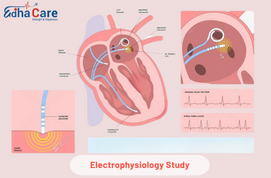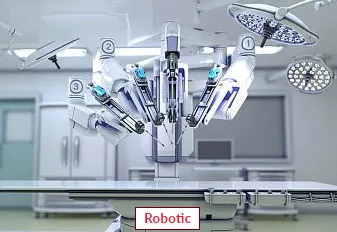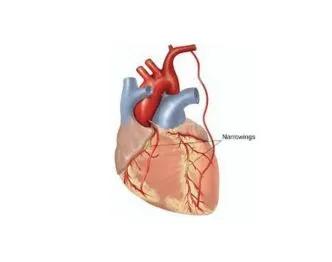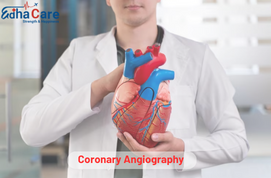Electrophysiology Study

An electrophysiology study (EPS) is a diagnostic process that evaluates arrhythmias, or irregular cardiac rhythms. It entails putting tiny, flexible tubes known as catheters into blood vessels—typically those in the area of the neck or groin—and attaching them to the chambers of the heart. Once inserted, these catheters can map the electrical function of the heart and pinpoint the cause of any irregularities in rhythm. The electrical system of the heart is stimulated to cause arrhythmias throughout the process, which enables precise diagnosis and treatment option evaluation. EPS is frequently used to identify and direct the treatment of many heart disorders, such as ventricular tachycardia, supraventricular tachycardia, and atrial fibrillation. Cardiologists and electrophysiologists can use this important information to create specific treatments and interventions to return the heart to its usual rhythm and improve patient outcomes.
Book an AppointmentAbout Electrophysiology Study
Diagnosis: Abnormal heart rhythms, or arrhythmias, such as ventricular tachycardia, supraventricular tachycardia, or atrial fibrillation, are diagnosed and assessed by electrophysiological monitoring (EPS).
causes: Arrhythmias can have a variety of underlying reasons, such as structural irregularities, hereditary factors, cardiac illness, or electrolyte imbalances.
treatment: Although EPS is primarily used for diagnostic purposes, it can also help with therapy selection. The study's conclusions may lead to the recommendation of a number of treatments, such as medication, laser ablation, or the installation of cardiac equipment like pacemakers or defibrillators.
Procedure of Electrophysiology Study
Preparation: Vital signs are taken while the patient is positioned on an examination table. Medication administration may require the insertion of an intravenous (IV) line.
Local Anesthesia: To reduce discomfort, a local anesthetic is applied to the insertion site, which is typically the neck or groin.
Insertion of the Catheter: Under fluoroscopic guidance, tiny incisions are made to introduce thin, flexible catheters into blood arteries, which are then threaded up to the heart.
Electrical Mapping: To detect irregular cardiac rhythms and pinpoint their source, the catheters capture electrical impulses from the heart.
Arrhythmia Induction: In order to diagnose a patient, certain drugs or electrical stimulation may be utilized to cause an irregular heart rhythm.
Ablation (if indicated): By applying energy to particular regions of the heart tissue, catheter ablation can be used to treat aberrant rhythms that are discovered.
Post-procedure Care: After the surgery, pressure is administered to the insertion site to stop bleeding and the catheters are withdrawn. Before being released from the hospital, the patient is watched for any problems and might need to be observed.
Require Assistance?
Get A Quick Callback From Our Healthcare Experts
Other Specilities We Cover

Robotic Heart Bypass Surgery

Heart Bypass Surgery




